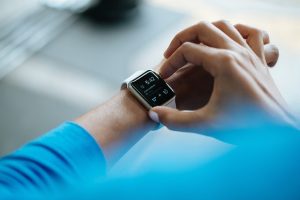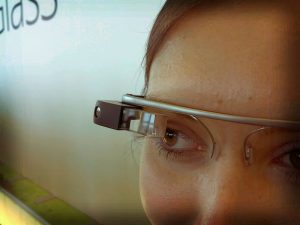Wearable Computers
Wearable computers are not a new concept, as far back as the 1960s Start Trek characters were wearing a variety of the devices – however the concept has only just begun to take off as a viable concept in the lasst 5 years due to advances in:
- Battery technology allowing sufficient battery life to make the products useful.
- Minaturisation
Common types of wearable computers include:
- Smart Watches (Pebble, IWatch)
- Fitness Trackers (Fitbit)
- Smart glasses (Google Glass)
- Virtual and Augmented Reality Glasses

Main uses
Wearable computers are mainly used for:
- Supplementing the notifications from mobile phones to keep track of social media and appointments
- Tracking health and fitness, such as heart rate, sleep patterns and step counts
- Providing addition data about the user’s surroundings through the use of augment reality googles.
- Providing an immersive virtual experience using virtual reality.
Advantages
The advantages of wearable technology include:
- Ultra portable
- Allow the user to operate a computer ‘hands-free’. THis is very useful for surgeons who can see data whilst operating.
- Less likely to lose / damage than a phone
- More discreet than a phone for checking email / notifications
- Can monitor fitness and health easily
Disadvantages
The disadvantages of wearable technology include:
- Very small screen so limited interaction possible
- Poor battery life for most devices
- Low processing power, so a limited number of applications.
- Cameras and recording devices can cause privacy concerns.

